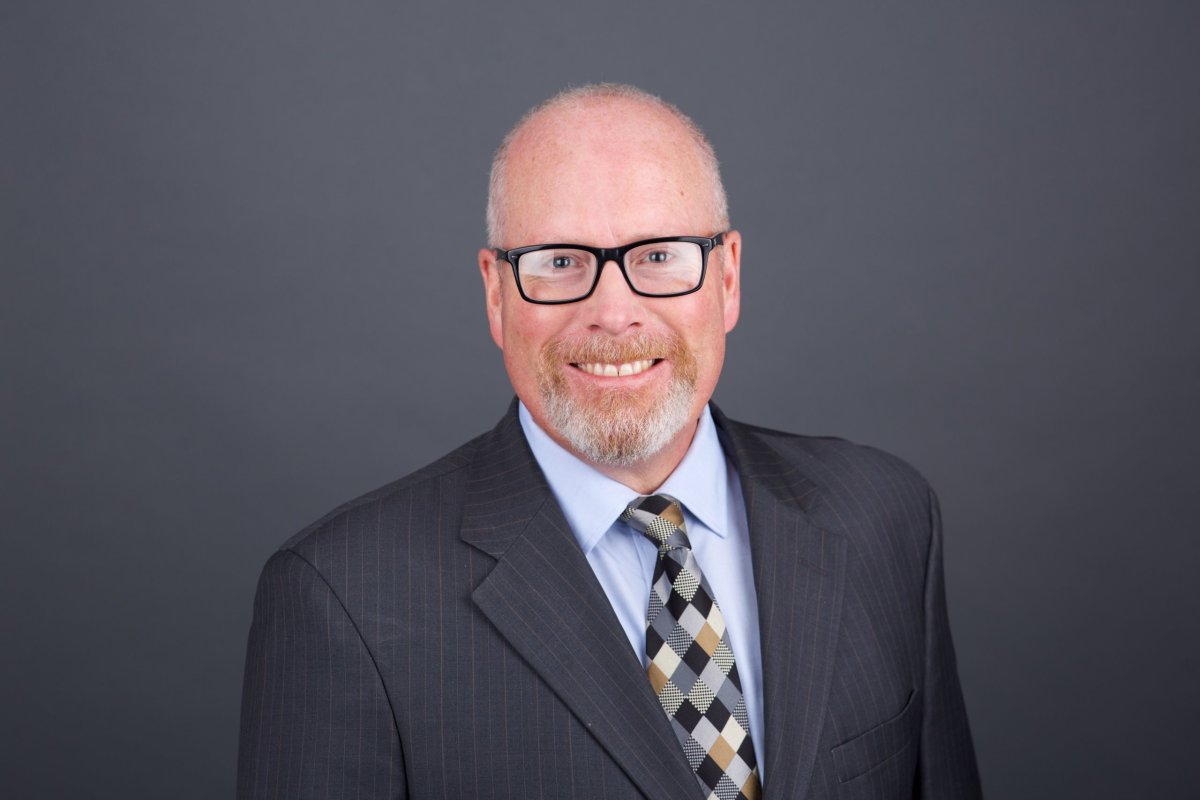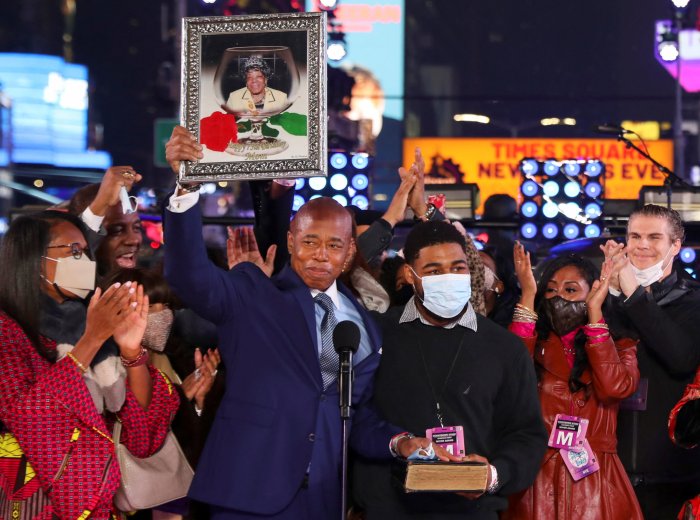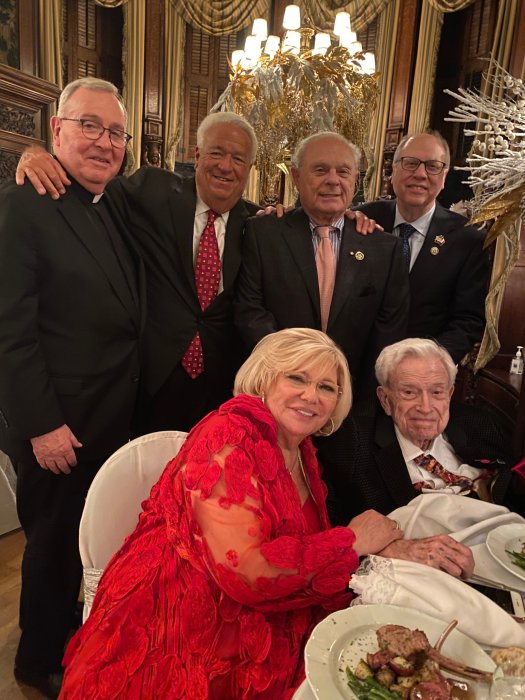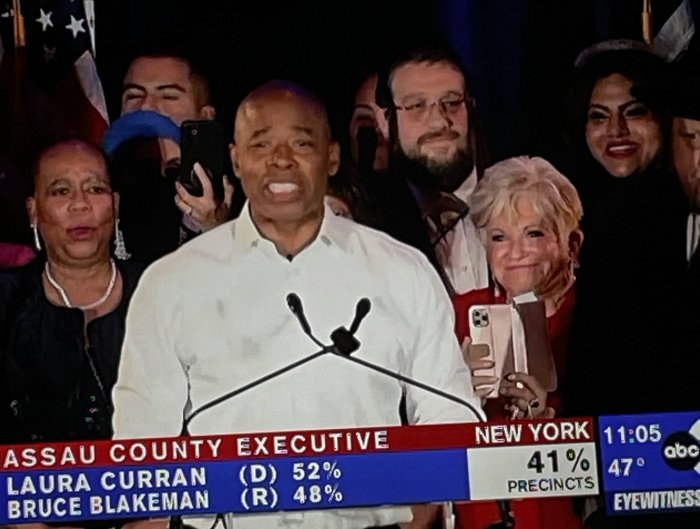When it comes to our nation’s history, robber barons of the Gilded Age are American as apple pie. These titans of industry left their footprints on every aspect of American life from our industrial base and financial markets to our transportation infrastructure. Though heavy-handed and ruthless in their business dealings, they are credited for shaping our society and culture in ways that still impact our 21st-century populace.
HBO’s new hit series “The Gilded Age” takes dead aim at an era where unscrupulous tycoons, had a hand in making New York City what it is today. The show follows several families through the late 19th century, including George Russell, a fictional robber baron modeled on real-life Cornelius “the Commodore” Vanderbilt.
Austin Corbin, a contemporary of the Commodore, used cutthroat business tactics which earned him millions in banking and the railroad business. One of Corbin’s ventures was the Bay Ridge Branch of the Long Island City and Manhattan Beach Railroad, which connected the site of today’s Verrazzano Bridge to Montauk. Although the Bay Ridge Branch closed to passengers in 1924 due to declining ridership, the tracks remain in use as a freight line for the Long Island Rail Road. In short, Corbin, Vanderbilt and others like them built up the city’s infrastructure and did so on the backs of blue-collar New Yorkers.
But what if these Gilded Age train lines could be put to better use?
As I see it, we have an opportunity to repurpose the same rail lines laid out over a century ago to help the many collared workers of today benefit by connecting our two boroughs, neighborhood to neighborhood, across what is now largely a transit desert.
The time has come to resurrect the former Bay Ridge Branch corridor rail line for public use. Fortunately, there is a plan to do just that. The proposed Interborough Express (IBX) project would repurpose the corridor and join it with another current freight track, the Fremont Secondary, to create an aboveground streetcar line connecting waterfront Brooklyn with the heart of Queens.
Endorsed by NYS Governor Hochul, the line would drastically reduce the time and effort needed to travel along its path, create 15,000 union jobs, and spur economic development from Bay Ridge to Woodside.
With half of the current trips between Brooklyn and Queens being made by car today, a convenient public transportation option through largely two-fare zones would absolutely help the city achieve its public health and climate goals for 2030 and 2050.
Studies found that the line could serve an estimated 88,000 riders daily, more people than the average number who passed through Penn Station’s Seventh or Eighth Avenue stop on a given day before the pandemic. Such numbers would only grow, especially if, as I propose, the line is free for local borough resident riders. Like the Staten Island ferry, it should be a no-cost option to help New Yorkers bridge a previously unbridgeable divide in the city’s Manhattan-centric public transit system.
The IBX would connect with the 2, 3, 5, 7/A, C, E, N, Q, R, B, D, F, M, J, Z and L subway lines, making travel between Brooklyn, Queens and Manhattan simpler, faster and unlock greater access to portions of the region to city residents. While the subway system facilitates travel from Queens and Brooklyn into Manhattan, today more commuters travel between Queens and Brooklyn than into Manhattan.
Added up, the benefits of investing in the IBX become as clear as the empty countryside over which Vanderbilt laid his tracks, creating an empire and securing a legacy. By thinking big and following in their path — literally, New York can and should build upon the foundation of the Gilded Age transportation infrastructure, much of which remains in place today.
Sean Crowley is a Queens native and resident of the communities that would be served by the rail line. He is a partner at Davidoff Hutcher & Citron and who specializes in economic development.



































